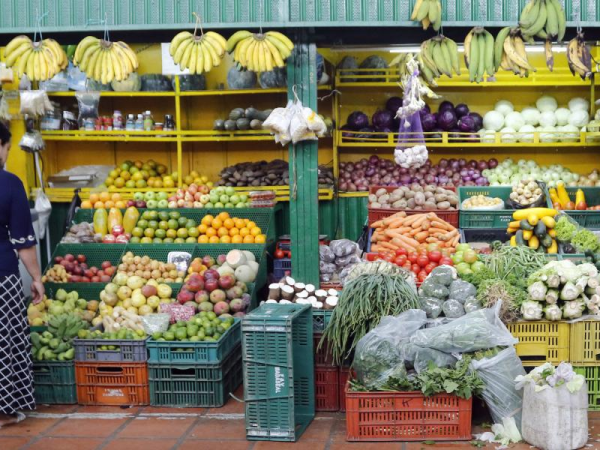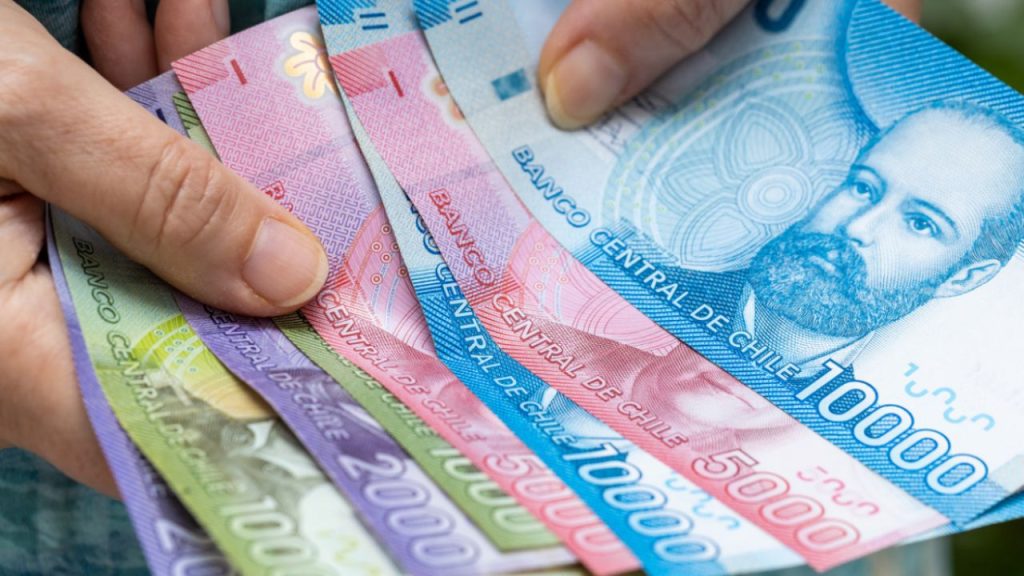The closing month of the first half of the current year recorded the first upward data of inflation in the country, with a monthly variation of 0.32% compared to Maylocated in 7.18% per year.
This goes hand in hand with other situations that occur in the macroeconomic level of the country, such as the slowdown in the economy, the monetary policy interest rate and the fall in household consumptionamong others.
(You may be interested in: Warning of rent hikes could lead to price regulation).
However, to determine why the inflation data registered a slight rebound at the end of the sixth month of the year, It is also necessary to review the weight that the performance of several of the components that are part of the national economy has had, such as industries, commerce and services..
Inflation
iStock
This is explained by the pension and severance fund Skandiawhich explains that this upward data was also influenced by how the sector fared services (such as restaurants and bars, higher education, rentals, entertainment and lodging, among others), which was responsible for 49% of annual inflation.
(You may be interested in: Banco de la República rules out having a retail-type central bank digital currency).
They mention that this was due to indexation, a result of the 2023 inflation (9.28%) and the increase in the minimum wage by 12%. Leases were the ones that contributed the most to the inflation of the services sector, with 50% of the weight (2.01 percentage points in this area, according to Davivienda figures).
Skandia also mentions the food sector, which accounts for 14% of this figure and completes three months with upward contributions to inflation in the services sector, in which factors such as the El Niño phenomenon influenced the production of essential inputs, especially in the agricultural sector. In June, the annual inflation of this component was 5.27%.

Inflation
EFE
The statistical factor
Skandia explains that the statistics had an impact on the data for the sixth month.To calculate annual inflation, we compare current prices to those of a year ago. If prices were already falling a year ago, this makes current inflation appear lower than it actually is.“the pension fund explains.
They mention that, when comparing the same month of two years, a difference occurs ‘base effect’“and since inflation was already falling in that period, the comparative base is expanded“.
What can happen in the second half?
According to Skandia, the market expects that the disinflationary process that the national economy has been showing before the June inflation data will resume. According to analysts cited by the pension fund, the figure will close this year at 5.7%..
(Further: Only 38% of Latin American banks invest in artificial intelligence).
However, it is necessary to take into account possible risks that could affect the fall in inflation, such as: La Niña phenomenonthe increase in the price of ACPM and the indexing.
BRIEFCASE















